What is a House Ad in Advertising and How Do You Make One?

Display advertising is all about making a deal between an advertiser who has ads to run and a publisher who has space to run them.
The real world, though, doesn't cleanly divide into advertisers and publishers. We're all out here being businesses, after all. Many of us are both advertisers and publishers; we pay an ad network to run our ads on other sites, and we get paid by the ad network to run ads on our sites.
Somewhere in here is a niche you might not have thought about, and it's called the House Ad.
And no, I'm not talking about ads in the real estate niche promoting detached homes.
What Are House Ads?
Let me paint you a picture. Say you're one of these businesses, acting as both an advertiser and a publisher. As a publisher, you find that you're struggling to fill all of the available ad slots on your site. It's not that you have too many ads but more that there aren't enough advertisers in your niche to fill all of the space available to them.
This can happen frequently in very narrow niches and for tight keywords or for publishers who use filters to cut out certain advertisers they don't want on their site (and leave themselves lacking in inventory.) I've also seen it happen when a major advertiser gets banned, and there aren't enough competitors to pick up the slack.
You have your site, and you have ad spaces on your site, but there's nothing to fill those spaces. Empty ad space is borderline disruptive. While no one is necessarily going to notice an empty footer banner or a missing sidebar in an otherwise empty gutter, they will notice when you have gaps in your content where an ad should be but nothing loads.
Rather than allow this empty space, why not fill it with something?
If no one is going to pay you to run ads in that space, though, you can just run an ad for yourself.

This is called a house ad, with "house" used the same way as the phrase "the house always wins." You're the house for your own site.
There are a few ways to do this, and I'll talk about them more specifically later, but the general result is your ad slots filled with ads for your own business:
- Maybe you promote your own consulting.
- Maybe you're like modern newspapers and beg people to subscribe because the entire journalism industry is on life support.
- Maybe you're the website for a TV station and your ads are for content users can tune in to watch.
These are all just examples; house ads can be used by any business that has pages that publish ads and has something of its own to sell.
You generally won't see house ads on sites that don't have anything to sell. For example, an affiliate site probably won't be running house ads because the only things the affiliate site sells are products from others, so if it's not an affiliate link, it's not worth the time.
How Do House Ads Differ from Self-Promotion?
House ads are a form of self-promotion.
But, if I were to say here in my content that you should check out Content Powered, my full-service, award-winning content marketing and blog management company, it's not a house ad. It's self-promotion (of a sort, I'm obviously not seriously working this in as an advertisement) but an internal link in a paragraph of content isn't an ad unit and thus can't be a house ad.
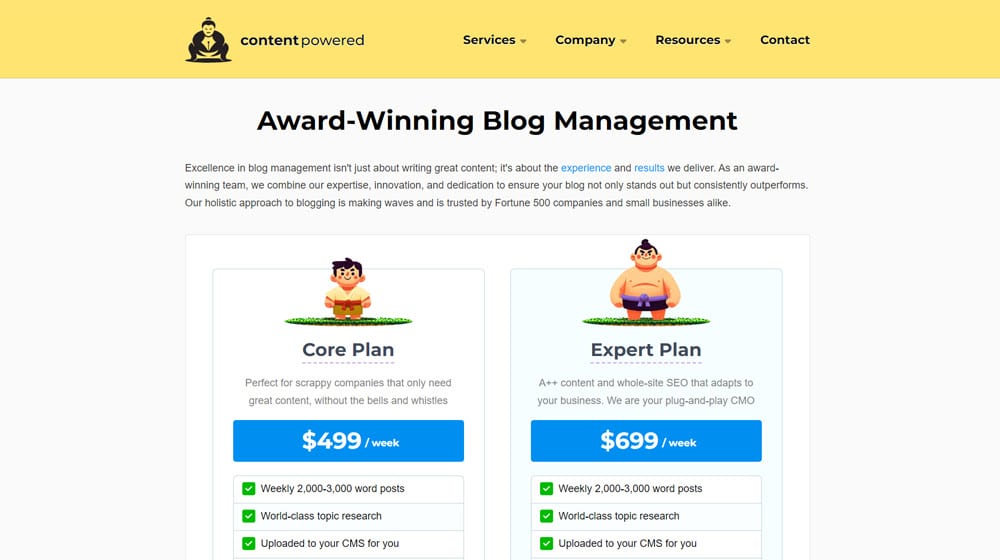
A house ad is a way to fill unused ad units rather than leave them blank and a way to get a bit of self-promotion in a format that people are used to otherwise going to external advertising.
How Do You Make a House Ad?
Making a house ad is pretty simple.
Step 1: Determine what ad units you're running on your site. You probably have a pretty good idea of what kinds of ad units you're running, though if you're using anything dynamic, you might need to pin down the most common sizes and formats. Your goal is to have ads that fit in the ad unit spaces, after all.
Pin down all of the possibilities. For example, you might have:
- A top-of-page banner.
- A sidebar or gutter banner.
- Mid-content half-width ad boxes.
- Mid-content "line break" ads.
- Full-site pop-overs or interstitials.
- A footer banner.
You'll also want to note down what kinds of ads they usually are. Are they primarily text? Are they video ads? Are they single images? Image carousels? Since you're going to be making ads that fit in these spaces, you want to know what kinds of ads they are.
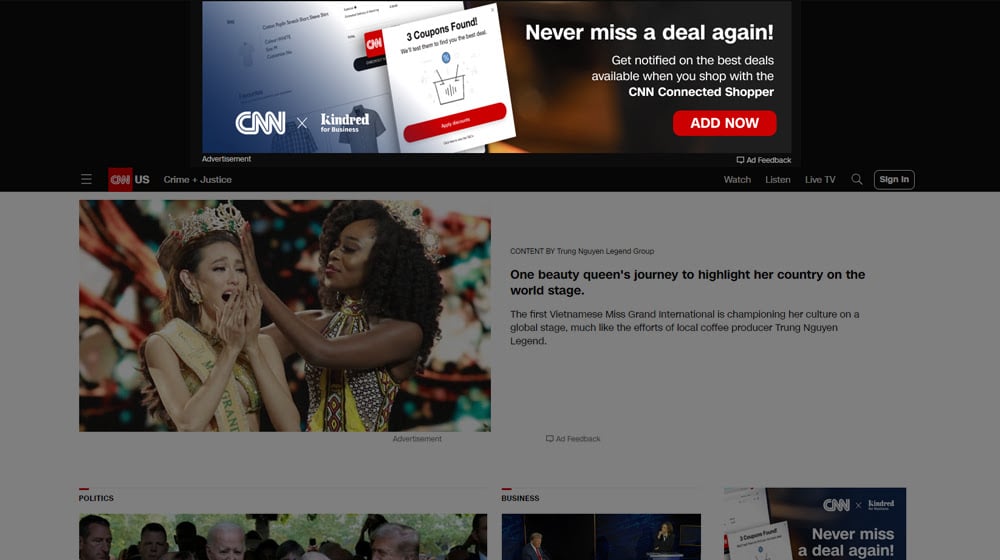
Step 2: Determine what product or service you want to promote. If you're a company like mine, where you only have one service (my content marketing agency), it's easy. If you're a store with a bunch of different products, you can make more generic "check out our store" ads or, more specifically, "check out our red running shoes" ads. If you have a service, you can promote the service.
You can also promote something secondary to your main site under the assumption that whoever is viewing your site already knows about the main thing you would promote. For example, you could use it to promote your social media pages, your email newsletter, or a secondary business you're trying to get off the ground. These are a little less like house ads because they send users off-site, but they're still your properties, so they count.
Honestly, you know the drill here. You have something to sell, so all you need is to decide what you're putting on the ads. Truthfully, if you're already paying to run display ads on other sites, you might already have this all ready to go.
Step 3: Create ads for your product or service that fit in the ad units, as if you were making them for another publisher. Maybe you already have ads all ready to go from your own PPC or PPM campaigns. Maybe you want to make something more tailored to your own site. It's really up to you.
One idea I've seen is a sort of backup ad. Something like "Hate ads? We do, too; if you subscribe, we'll be one step closer to getting rid of them." I've even seen "house" ads that promote the brand's Patreon or another similar external source of funding or something temporary like a Kickstarter campaign.
How Do You Run a House Ad?
Running a house ad is a little more complicated, and it can depend on whether or not the ad network you're using supports them. Here are your options:
Option 1: Using the Ad Network House Ads Feature
The first option obviously only works if the advertising platform you're using supports it. For example, Google Ads, by default, doesn't have a feature for running house ads, though you may be able to use the Google Ads Manager to access it as an advanced feature. Other ad networks may support it; you'll need to talk to the service reps for the ad network you use to find out if they have the option or not.
Additionally, if you use different ad networks as a publisher than you do as an advertiser, you will need to register an advertiser account for the network you use as a publisher. This isn't a problem if it's a major network like Google, but smaller ad networks might have a disconnect you'll need to work around. Again, this all varies depending on the networks you're using.
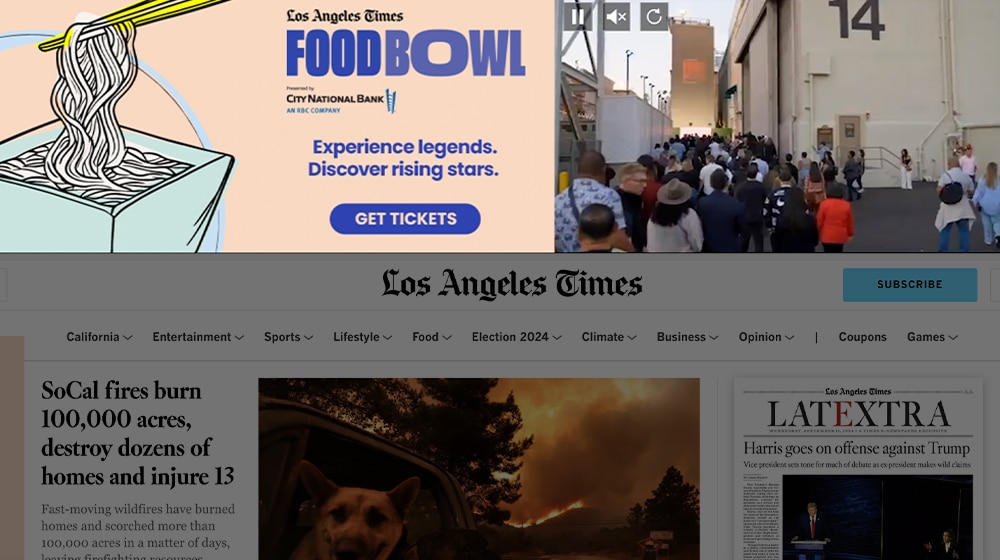
If the network you're using as a publisher supports house ads, it should generally be pretty easy to create and run them. You'll need to access the feature, upload your ad copy, and set it in motion. Then, any time there's an empty space in your ad display, a house ad will fill it.
Option 2: On-Site Background Elements
You know how if you visit a modern site when you're running an ad blocker, some of them will have those ad units still visible, just with a message that implores you to disable your ad blocker? These function by making sure there's always space taken up by the ads (rather than the ads expanding space of their own when they load) and putting an "ad" there that just asks for the removal of the ad blocker.
You can do the same thing with a house ad. Basically, all you do is position background elements where your ads would normally be.
If an ad loads, it covers whatever you had there and works just fine. If no ad loads, your background element is visible and operates as an ad.

With dynamically-placed ads, this is a lot clunkier. You can use scripts to make your house ads un-load if the ad loads, and other tricks, but the best option is always option 1 if it's available.
Are House Ads Worthwhile?
The real question is, are house ads worthwhile?
It's a tricky question to answer. For one thing, it relies on being a publisher in a position where you don't get 99%+ sell-through on your ads. That might mean you're running too many ad spaces, or that you aren't a big enough site for the ad network to prioritize you, or that you're too narrow of a niche to get advertisers. It can also mean you were too aggressive with blocking competitors and others from advertising on your site.
It might also just mean that the ad network you chose isn't very good and doesn't have enough advertisers to make it worthwhile.
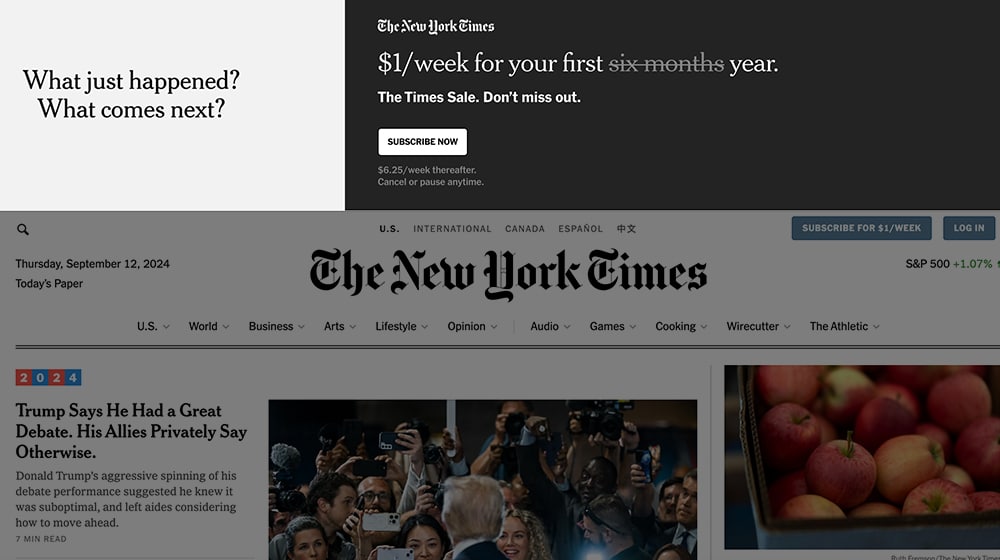
A lot of it comes down to why you want to run house ads.
- If you're running house ads because otherwise you have empty space, then you might want to consider why you have empty space and if that means there's a problem up the pipeline somewhere. You might want to investigate if there are enough advertisers on your ad network, or if you have too aggressive a set of blocks. In some cases, changing ad networks is the better option.
- If you're running house ads because you want to promote yourself, there are often better ways to do it. The "hello bar" and other call-to-action plugins, for example, can give you ad-like promotion without using your ad spaces. You can also do things like put pinned announcements and news posts on your blog so they're one of the first things everyone sees, or make sure to put an advertorial paragraph somewhere in your text.
What do you think? Are house ads a good idea, or are they a waste of time you could spend on something more effective, like direct outreach campaigns?
In my experience, house ads are rarely necessary these days, between the high levels of ad saturation, the decline in publishers using effective display ads, and the increase in ad blockers. But, I'm just one point of view, and I'm much more focused on organic marketing than on PPC, even though I write about it a lot.
I'd love to hear your thoughts in the comments below!








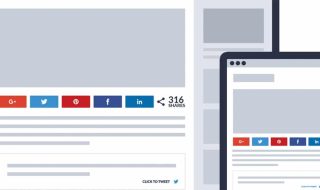

Comments